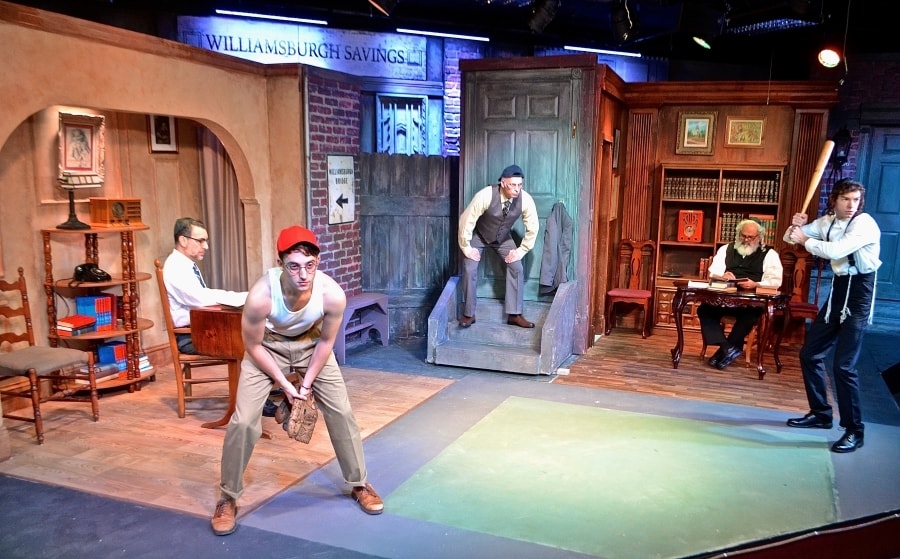RANCHO MIRAGE, CALIF.: Coachella Valley has long been a road trip destination for Hollywood A-listers. Each spring, thousands flock to the famed music festival, an annual event known for its celebrity attendees. And although temperatures hover in the triple digits in the summer months, the natural hot springs in Palm Springs and the Agua Caliente Indian Canyons are popular destinations.
The 45-mile span of desert land is also home to Coachella Valley Repertory Theatre (CVRep), a theatre in the resort city of Rancho Mirage that provides entertainment for visitors and snowbirds all year. We caught up with artistic director Ron Celona via email to learn more about mounting shows in the California Desert.
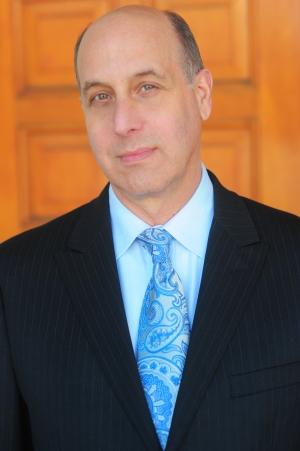
Who founded Coachella Valley Repertory Theatre, when, and why?
I founded the company in 2008 to create an educational and dramatic Equity playhouse—one that will have a positive cultural impact on our diverse Coachella Valley community, and beyond.
Tell us about yourself and your connection to CVRep.
I moved to the Coachella Valley in 1998 and created a community theatre company called the Joslyn Players, a senior-related theatre company. With its success, along with the growth of the Coachella Valley, I felt the timing was right to create a professional regional theatre company for our desert community, and I began the process of building a nonprofit theatre company.
What sets CVRep apart from others in your region?
We are the onlly Equity theatre company in the Coachella Valley with a SPT (Small Professional Theatre) contract and the only Equity company with a paid administrative and artistic staff.
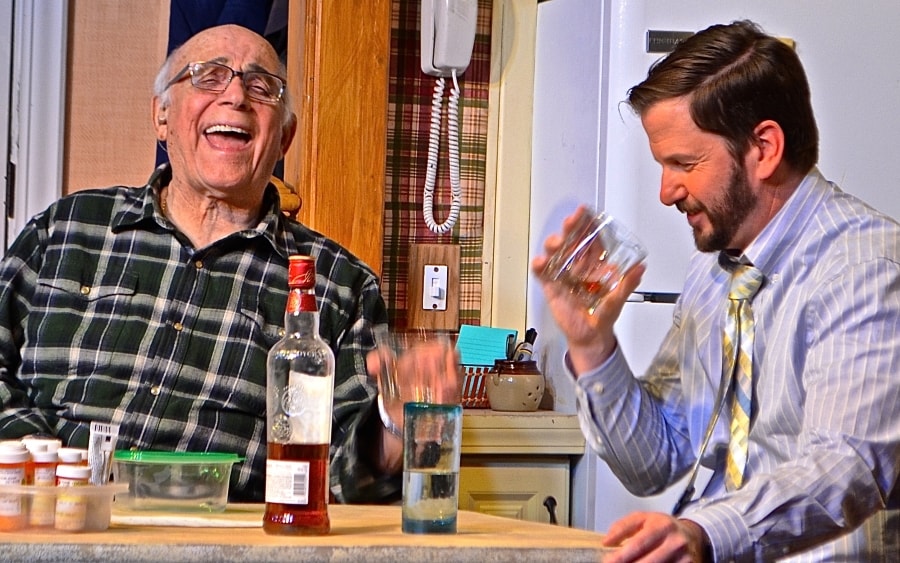
Who is CVRep’s audience?
Our audience is primarily older, retired women and men (ages 60-80) with a smaller percentage of 40-to-50-year-old patrons. Our patrons are both gay and straight. Our percentage of minorities is smaller, based on the demographics of our present location. However, our youth outreach productions bus students in free of charge to see age appropriate, culturally relevant, and topically sensitive live theatre. The majority of the students are from our local Mexican-American community.
Tell us about your favorite theatre institution other than your own, and why you admire it.
The Old Globe, La Jolla Playhouse, Pasadena Playhouse, Mark Taper Forum, Berkeley Repertory Theatre, South Coast Repertory Theatre, just to name a few. These are theatres to which CVRep aspires. All of these theatres enlighten and inspire their communities, and like them, I want CVRep to be the kind of theatre that makes a difference in peoples lives—enhancing their perspective on important subjects and issues of our time.
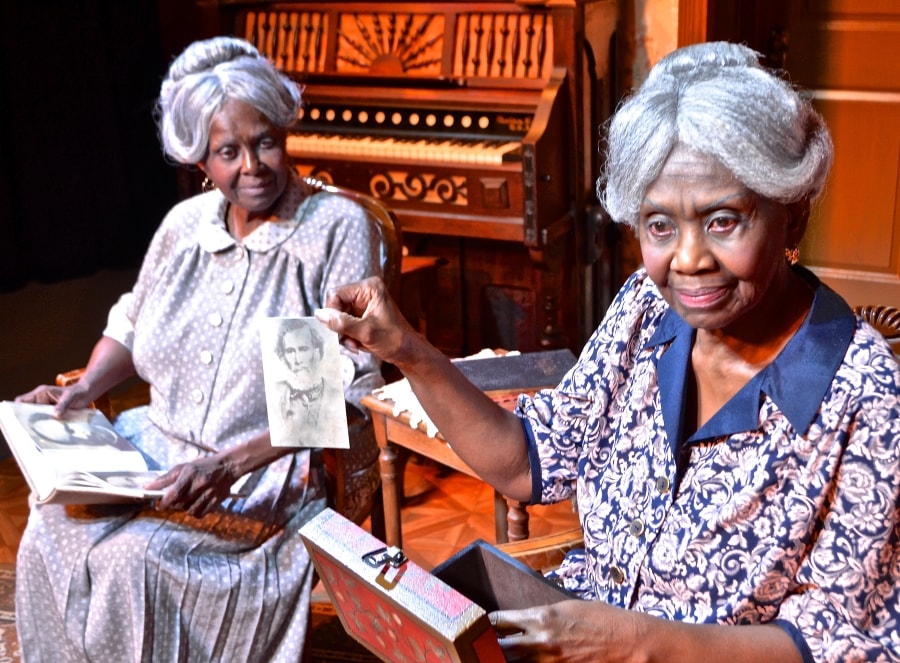
How do you pick the plays you put on your stage?
I guess I begin with what affects my heart and then think about how will it affect our patrons. Also, I like the idea having a theme for each season. For example, one of our past themes was the “Melting Pot of America.” Each play presented that season explored aspects of different ethnic and cultural groups. This past year’s theme was “Identity: Lost and Found,” and our upcoming season will focus on the theme of “Love, Marriage and Life Changing Events.”
What’s your annual budget, and how many artists do you employ each season?Our annual budget is just reaching $1 million this season. Last year, it was approximately $800,000. Each year our budget has increased. Last season, we hired 15 actors and presented 8 special events. This season we will be hiring 20 actors and our special events have been doubled.
What show are you working on now? Anything else in your season that you’re especially looking forward to?
Summer is our off season, but there are enough full-time residents that want programming. Therefore, I have created lighter fare by developing our Summer Cabaret Series, which offers Broadway musical talent in cabaret format. Our June artist was Teri Ralston (Company, A Little Night Music, The Baker’s Wife). We are also presenting a Summer Jazz Series, which is new for us this season. During the summer, we also offer a staged reading program. Our July 2016 staged readings will be three one-act plays.
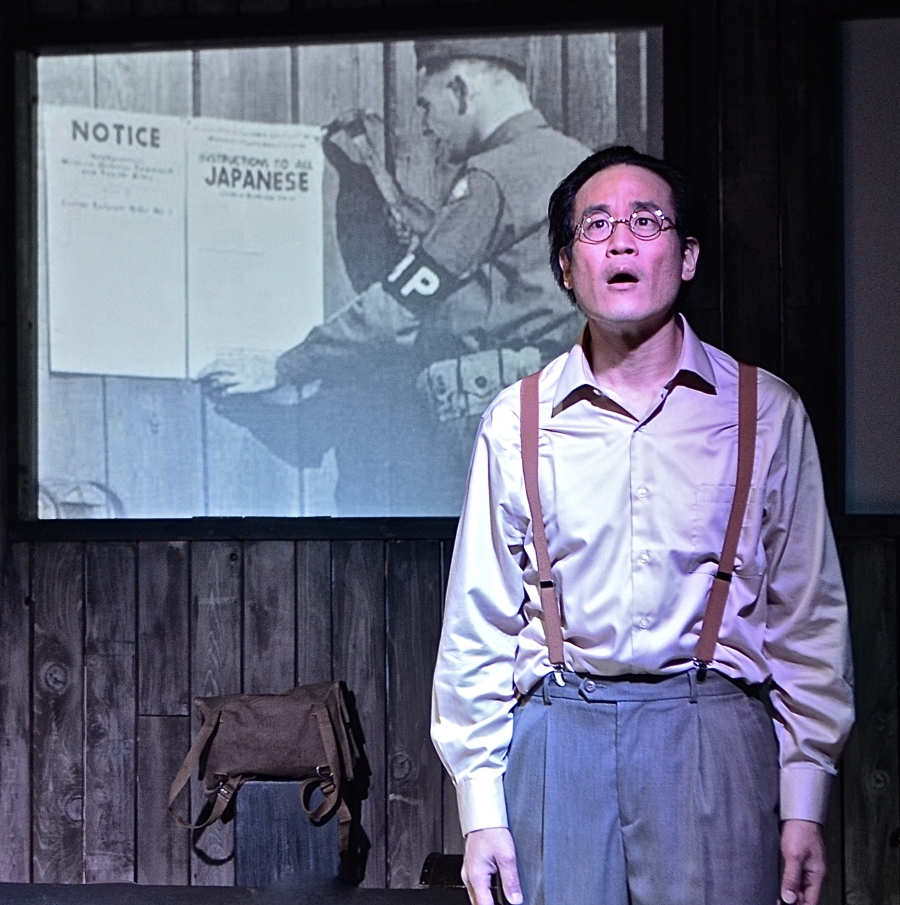
Strangest or funniest thing you’ve ever seen (or put) on your stage?
I don’t know about strange, but funny would be last summer’s talented offering An Evening with GROUCHO with Frank Ferrante.
What are you doing when you’re not doing theatre?
Spending time with my husband of 31 years, Scott, and our dog Pepe. We are either in the backyard enjoying the pool, garden, and good food with friends or traveling—learning and enjoying other cultures around the world.
What does theatre—not just your theatre, but the American or world theatre—look like in, say, 20 years?
If I could predict that, I guess I would be in another profession. But my hope is that theatre will come to reflect more love and harmony in our world than divisive conflict. Our world theatre community is doing its best to make this happen by presenting plays by talented writers—plays that reflect our present day realities as a way to change people’s minds and hearts and make a difference. But I guess that has been true since theatre began.

